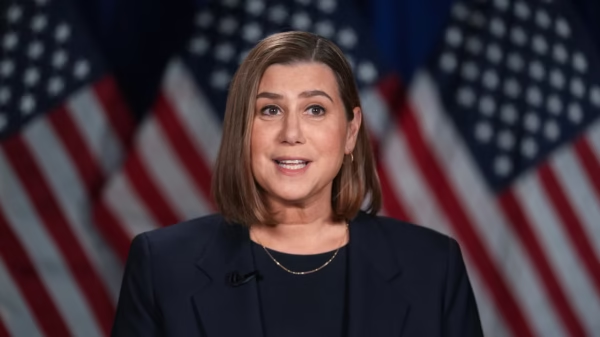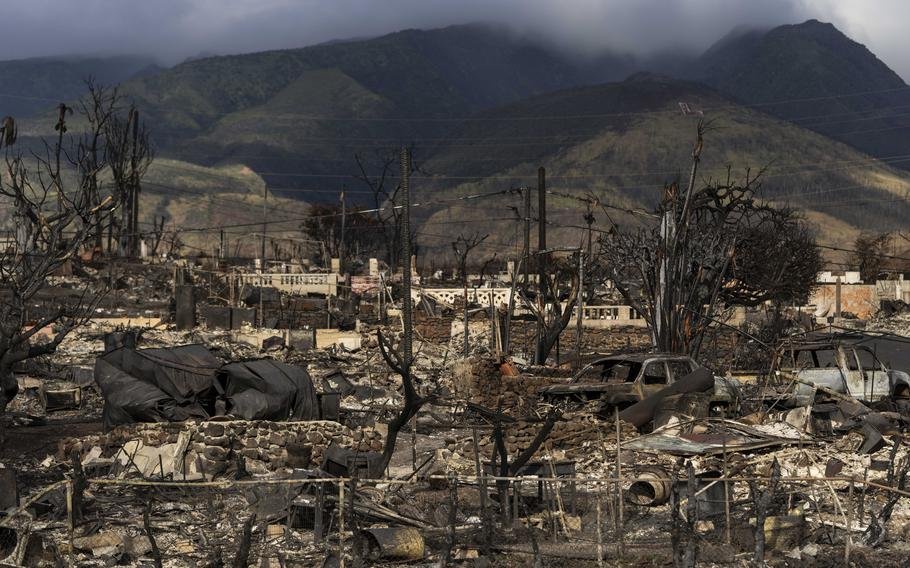Officials have encouraged Maui County to engage in further discussions with the community due to concerns about the potential impact of the proposed landfill on nearby coral reefs and historic sites.
The decision by the state Board of Land and Natural Resources on Friday allows Maui County to utilize the parcel in Olowalu, located about 5 miles south of Lahaina.
The devastating wildfire that occurred on August 8, the deadliest in the United States in over a century, left behind a trail of destruction, including burned vehicles, charred structures, and heaps of debris. Recovery efforts have led to the retrieval of human remains from the wreckage, but it is believed that additional remains remain entangled within the debris and ash.
To address environmental concerns, teams from the U.S. Environmental Protection Agency have been working to remove hazardous materials such as pesticides and solar-powered batteries from the affected area.
Shayne Agawa, the director of Maui’s Department of Environmental Management, has confirmed that the steel and concrete debris will primarily be recycled. The debris destined for the landfill consists mainly of ash and small particles. The ash contains high levels of arsenic and lead, posing hazards to people and pets as it is exposed to wind and rain. Swift removal is necessary to reduce risks to returning residents.
The landfill site near Lahaina will be designed to contain the ash, which contains human remains. The debris will be placed in dumpsters lined with impermeable plastic, wrapped and sealed before being covered with another layer of plastic. Once completed, the landfill site will be closed and covered with grass to resemble a park.
The county plans to monitor the area for the next 30 years and will install groundwater wells between the landfill and the ocean to check for potential contaminant leaks.
Concerns have been raised by several speakers regarding the long-term environmental impact of the landfill, especially as it is situated just 400 yards from the coast. The Olowalu reef, hosting the largest known manta ray population in the U.S. and serving as a primary source of coral larvae for the reefs of Lanai, Molokai, and West Maui, is already under stress from various environmental challenges.
While recognizing the urgency of finding a landfill site, Scott Crawford, the Maui marine director for The Nature Conservancy of Hawaii, emphasized the importance of considering the impact on future generations. He urged agencies to mitigate any long-term environmental effects.
One testifier expressed surprise that the county did not consult the State Historic Preservation Division, responsible for protecting historic sites throughout Hawaii.
The county plans to hold open houses to engage with the public and address concerns about the appearance of the landfill site. Spokesperson Mahina Martin acknowledged outreach efforts but noted the need for further engagement.
The chosen Olowalu location is adjacent to an older landfill that is now closed. The county has stated that this site will solely be used for wildfire debris from Lahaina, as well as Kula and Olinda, two other communities affected by the wildfires in early August. Maui’s existing landfill, located 25 miles away from Lahaina, would create additional strain on an already busy two-lane highway and contribute to increased emissions from truck traffic.
Despite the approval, officials have highlighted the importance of further community dialogue to address concerns and ensure the protection of the environment and historic sites in the area.




































